I think he's referring to buses, not drivers. The idea being that more people in Lexington, Bedford, Burlington, etc. will opt for faster bus service to a Red Line station in Arlington Center/Heights than get in their cars and drive on Rt 2.
Correct. It's the difference between Alewife's and AH's relative abilities to distribute bus routes across the compass. Alewife has, save for the 79, a complete unilateral skew towards the MA 2 frontage roads with 5 routes duplicating each other out to MA 60 before the first manages to peel off. ALL of them get stuck in rotary traffic just trying to make it on/off the highway in the first place. Doesn't lend itself to good frequencies on those routes, and there's a gigantic bus desert in the entirety of Belmont west of MA 60, plus the whole NE quadrant of Waltham north of 60 and east of Lexington St. except for the 554's sometime-loop around the Bentley campus. If you take out the complete system map the Alewife<->2 skew and the Belmont-Waltham desert leap out glaringly as huge western region deficiencies. Since we're not likely to get direct busway
onramps from Alewife to 2 in this lifetime because of wetlands permitting, this is a long-term problem that's going to exacerbate mobility problems out there and
be exacerbated by the continuing bad car-centric dev decisions Cambridge is making.
The distribution out of Arlington is way better. For one, Arlington Center is already a bus diverging point; presence of rapid transit transfer frequencies can significantly revamp the routes out of there. You can cut the Alewife-Mass Ave. miles off the 350 to Burlington and truncate it at AC, and drop the 2-Alewife leg of the 67 to refashion the Spy Pond south half into better Belmont coverage and the Turkey Hill north half into western Winchester coverage. The great GLX-led reboot of all the Davis/Medford routes can have an encore with AC encouraging new route patterns along the 80/94 corridor. AC-Medford Square-Wellington screams out as a high-demand radial pattern; so does plowing something around Mystic Lakes to link Arlington and Winchester Center.
Then at Arlington Heights the bulk of the MA 2 duplication gets fed shorter and less-congested distance down Park Ave. The 62/76 'invert' to originate out of AH and drop the entirety of their frontage road travel, then get refashioned to cover the Belmont-Waltham desert. There's probably also some useful playing-around you can do with the 78 on its west end, since it currently traces out a quasi-radial through dense Cambridge-Belmont but never really figures out what it wants to be once it hits 2. And the screaming void up Lowell St. in Lexington can get filled with a load-bearing Burlington commuter bus, as well as in general lowering Lexington's reliance on their service-poor out-of-district town bus.
With the extension you're looking at much faster and more frequent service on the existing bus corridors currently hamstrung on the ops side by excessive traffic, poor directional distribution, and route duplication out of Alewife. You're looking at problematic gaps in the whole route network at long last getting plugged the inner 'burbs. You're looking at
real higher-capacity commuter feeders to the 128 region being able to hit their rapid transit transfers in acceptable time at acceptable frequency being directed at Park Ave., Lowell St., etc. instead of chewing too many cycles on 2 and Mass Ave. where local boardings gum up dwell times and traffic gums up the rest. It's entirely possible that ALL current routes will end up vacating Alewife busway for superior environs except for the 79. That in turn enables a repurposing of what
does use Alewife to new and more useful routes that do directly address whatever West Cambridge congestion the rail modes can't. For example, there's that longstanding proposal to build busways to Mass Ave. along MA 16, so that's the one distribution direction out of the station that has a fighting change of surviving the car crush at the rotaries that Cambridge's poor dev decisions keep encouraging. Extending the 77A TT to the busway seems like a no-brainer in that universe. Realigning the Rindge intersection to bring the 83 into the busway instead of stopping short at Russell Field is a no-brainer. Implementing a Route 16 radial between Alewife-Red, GLX-16, and Wellington seems like a no-brainer. You could even, now that equipment cycles aren't so strained by the Route 2 duplication, try to plug the gaping Alewife-Watertown hole. As per my previous post that's very hard right now because it would be too much of a 'waste' route stuck in rotary traffic just trying to get around Fresh Pond to do its job with any load-boaring capacity...but if all other equipment is redirected more fluidly to other terminals you would gain the slack capacity to 'waste' one single delay-prone route to do its job without being tasked to carry the world on its back.
When we talk about 'sexy' improvements like rapid transit extensions, we tend to forget the utilitarian coattails like this. We're about to get an abject lesson in how much it matters for ye olde city bus when GLX-Medford reboots the whole Somerville network and suddenly opens up new routing options on the Boston Ave. corridor we never thought we'd see before. This is what drives me crazy when people pooh-pooh BLX-Lynn saying a square-peg RUR stop + people-mover across the Wonderland wetlands is some sort of drop-in substitute; it misses the boat on how much the last-mile feeder network is broken and needs a fix for anything in that region to work. There's a similar--if less acute--effect in the NW 'burbs of the system when Red never ended up going where it was supposed to go, because Alewife is such an ugly hack of a bus hub being slowly buried by the cars. As before, nothing short of a sweeping change of direction in
development decisions is going to fix the traffic problems that City of Cambridge has blindly exacerbated for a quarter of a century, but northwestern and 128 mobility and fluidity is absolutely dependent on someday tapping those two Arlington stops as last-mile diverging points.
Sure does. GLX-Porter is a load distributor. It helps distribute the ridership load and opens up passenger space on Red south of Porter. For Red Line riders going beyond Kendall to a Green Line destination, a lot of them will choose to transfer to Green at Porter rather than stay on Red all the way to Park Street
Yes. The contraflow-commute direction of Red past Harvard is a great untapped resource, because it'll be slimming to 3m headways with dang near empty trains in just a couple years. However, the biggest existential threat to Red's throughput is that you simply can't get boarding/alighting people off the platforms of the old 1912 legacy stops fast enough to sustain the minimum
technically feasible headway without congestion problems in the real-world. That's why we speak with such alarm about Red-Blue eliminating one over-congested double-transfer, the brutally expensive longer-term solve of a Silver Line Phase III replacement project eliminating the other over-congested double-transfer, the festering sore of the ped backups on the Park St. and DTX stairs, and the need for secondary egresses at those stops. Kendall and Central, despite being non-transfer stops, are no picnic either as the platforms get dangerously overcrowded at the slightest delay, the 1912 dimensions aren't structurally feasible to widen, and flushing them with 3-minute headways still leaves a
resiliency problem where it only works consistently to flush crowds if service is running without delays...still offering little effective solve for how one
recovers from incidental delays.
Working the contraflow direction and the extra platform capacity at the post-1980's platforms further outbound is one of the few pivots that reliably addresses all these problems. Harvard-Alewife don't have platform overcrowding issues on a regular basis. Even during delay recovery a full train can depart without excessive door-closure delays because there's elbow room to get around the egresses. The Green Line outbound of rebuilt GC has those same platform luxuries. As a radial running 6 minutes to Porter connecting to the contraflow direction of Red you can move a lot of bodies between downtown and Kendall simply off the time savings of getting platforms clear and doors closed fast. You can work the West Cambridge congestion relief by pooling outbound while the rest of the world is running inbound, which makes filling in some of those stupid single-occupancy garages an easier decision for rolling back some of the 25 years of planning damage. You can tandem with the bus route reboot map led by GLX-Medford, future Arlington Heights possibilities, and the RUR base build for new express bus radials. That Alewife-GLX-Medford Sq.-Wellington route along MA 16 hitting Red/Green/Orange and maybe even Silver in Chelsea is damn tasty. So is extending the 71 with sixty-footers to a Newton Corner RUR stop; how many cars is that worth on a MetroWest to West Cambridge trip? And so on and so on.
It's no singular killshot of a load-reliever, but bridging the Union-Porter gap is a perfect example of the kind of load-distribution hustling we're going to have to do across the whole map to make the entire multimodal system work. The one-seat megaprojects alone aren't going to do it if you ever want to see trains that consistently depart those crowded Park & DTX platforms on-time all day every day. Nowhere in the world with acknowledged supremely-good transit manages to subsist with overreliance on one-seat rides. The last-mile distribution and radial options targeting contraflow slack capacity all have to click, too, as part of a living and breathing system.

 20191129_135008
20191129_135008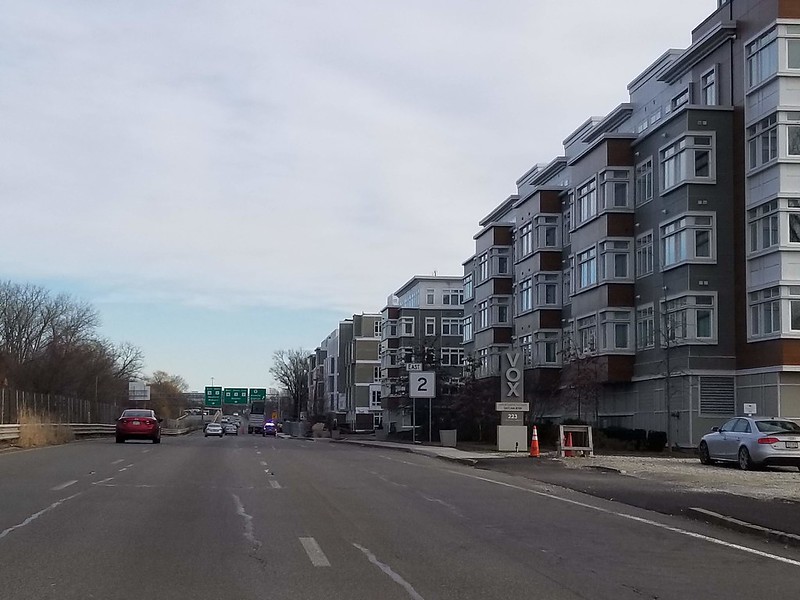 20191129_135011
20191129_135011 20191129_135016
20191129_135016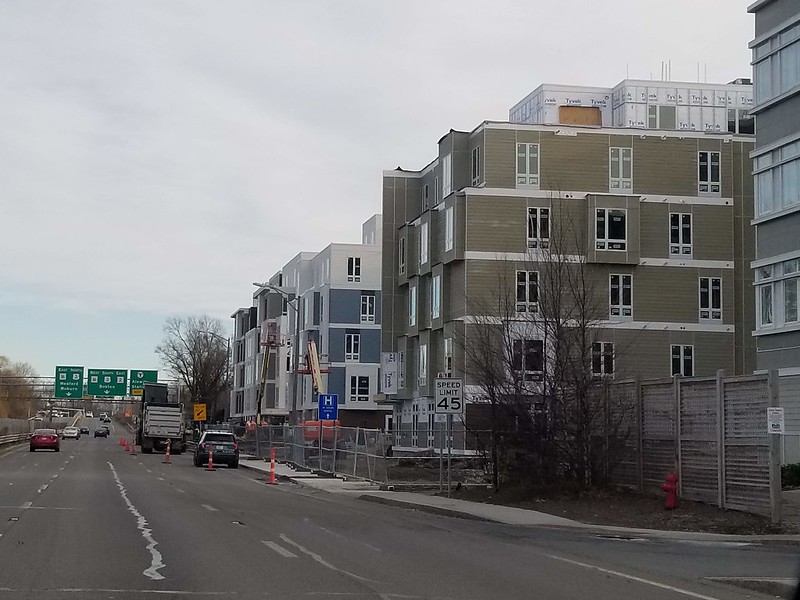 20191129_135019
20191129_135019 20191129_135022
20191129_135022 20191129_135026
20191129_135026 20191129_135028
20191129_135028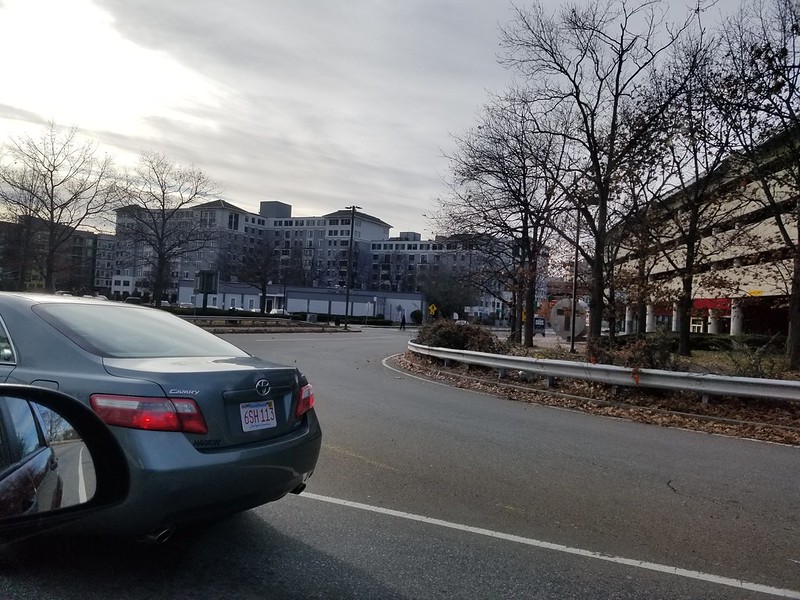 20191129_135136
20191129_135136 20191129_135204
20191129_135204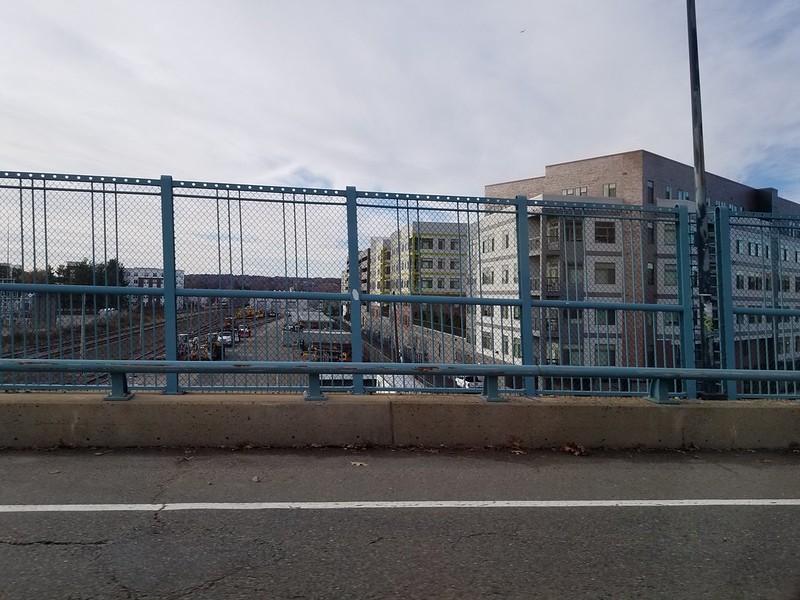 20191129_135209
20191129_135209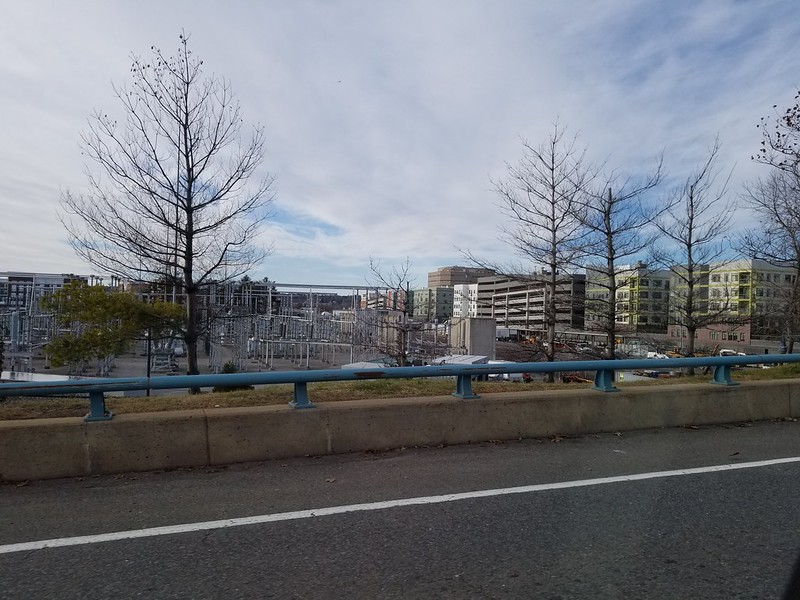 20191129_135215
20191129_135215